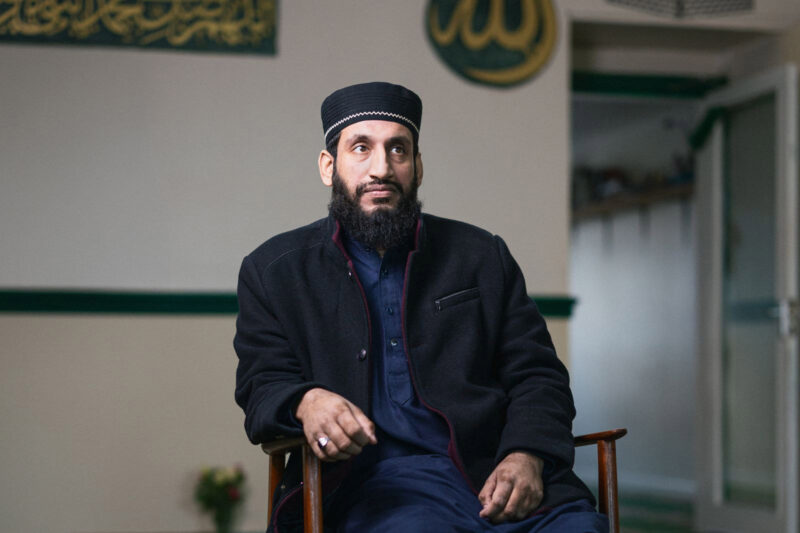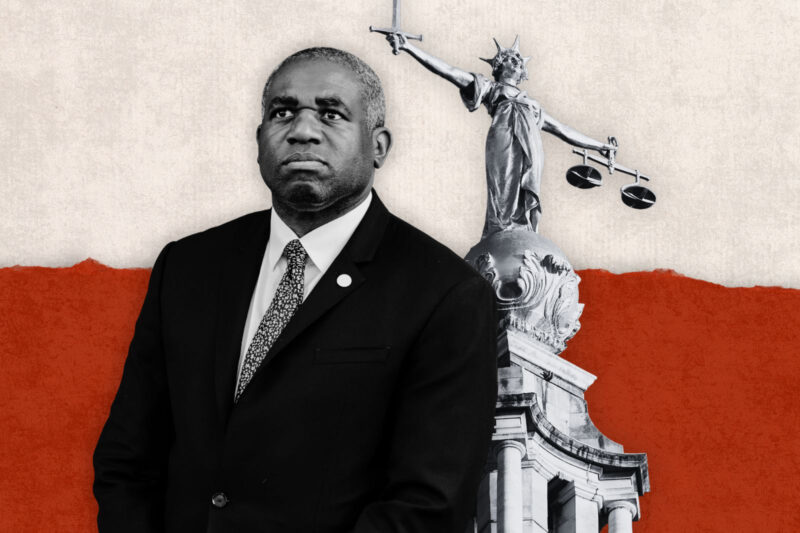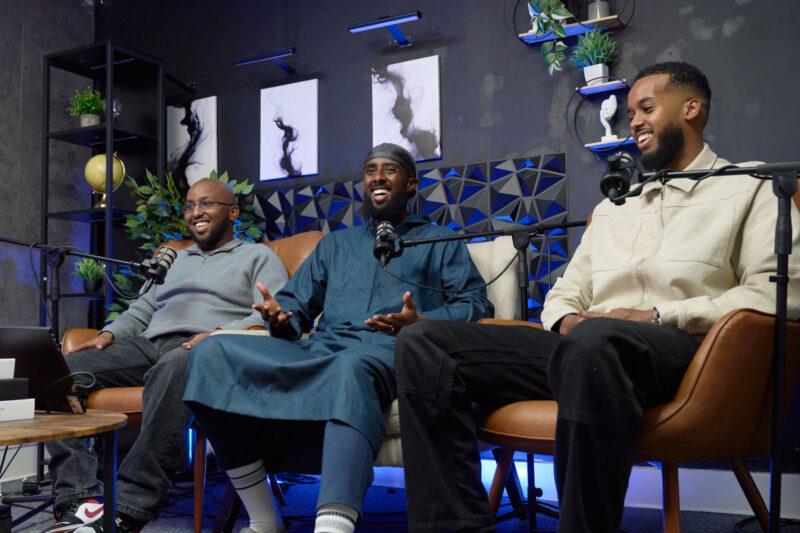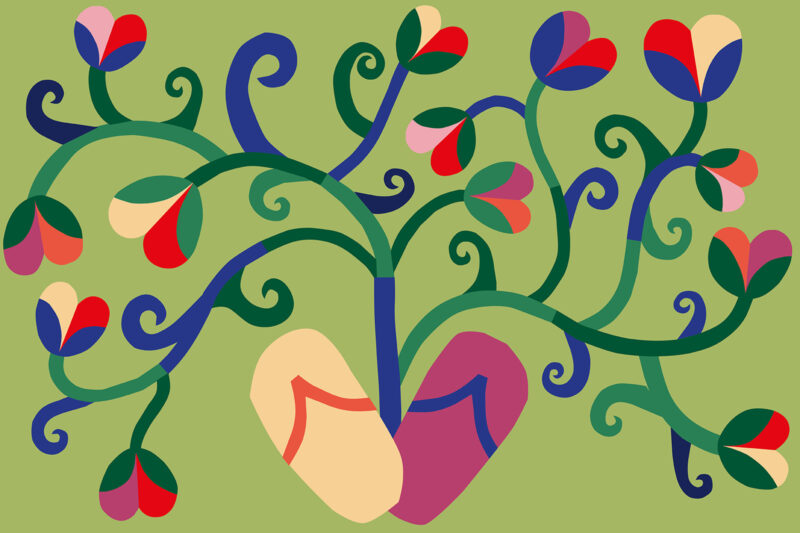Tracing the vital role of Britain’s ethnic minority social workers in adoption and fostering
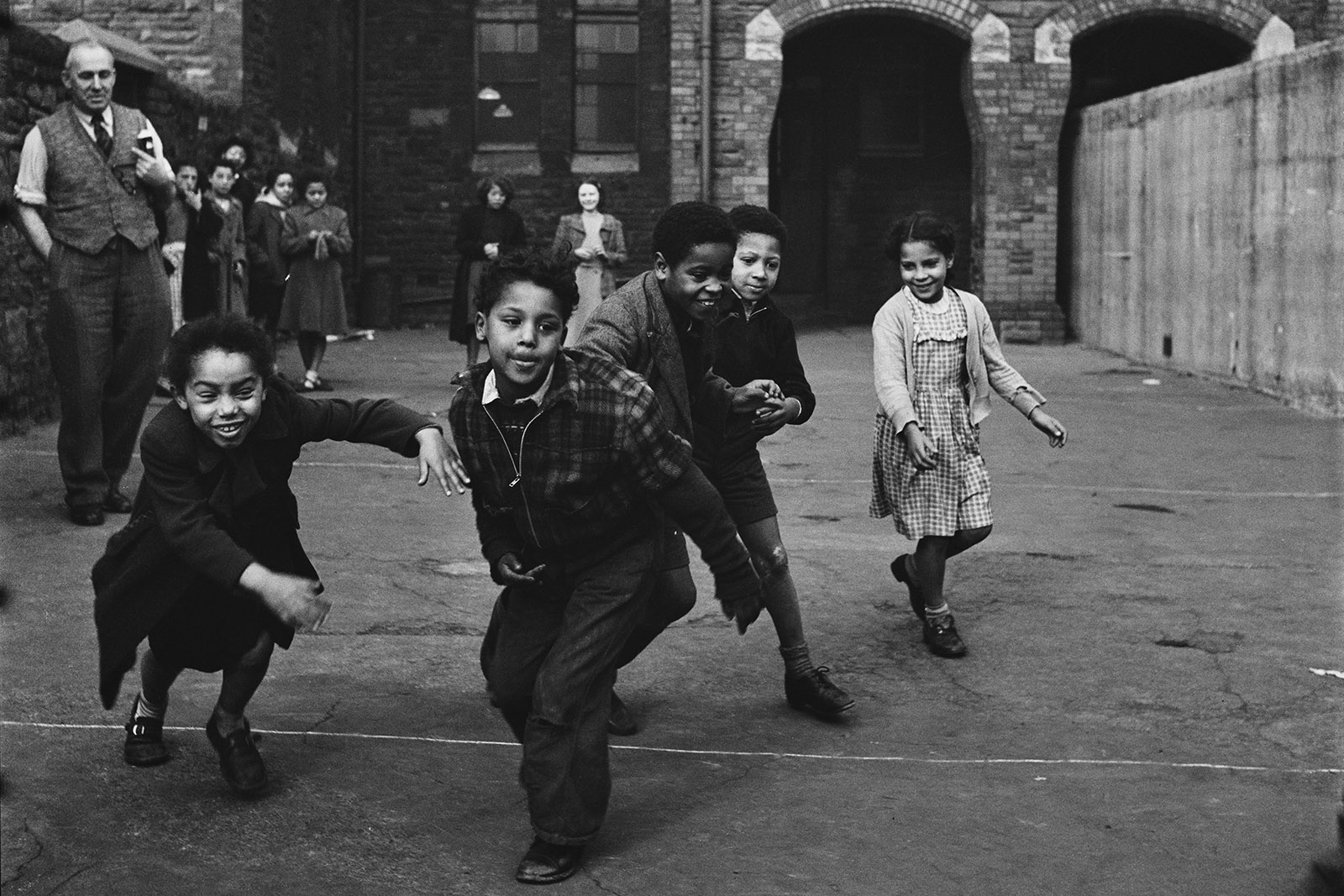
A new oral history project shines a light on the contributions of minority communities to the children’s care system
“There is no direct, in-your-face racism now,” says Sariya Cheruvallil-Contractor, “but what remains are the nuances.”
The sociologist is speaking on the state of social care work, having just completed a two-year oral history project collecting testimonies from Black and South Asian social workers who have worked in Britain for the past 50 years.
“We found that duty of care that I think is quite inherent in Black-bound cultures,” Cheruvallil-Contractor says. “It’s been really moving and powerful to hear these stories.”
As professor in the sociology of Islam at the Centre for Trust, Peace and Social Relations at Coventry University, Cheruvallil-Contractor has been researching the experience of minoritised children in care for many years. She has witnessed the vital role that social workers from minority backgrounds play and how vastly underrepresented they are in the workforce.
“I have trained over 800 social workers over the years and every time I hosted a workshop where there was a Black or brown person in the room — which was not often — they would say the same thing: that they’re branded as a troublemaker, that they’re told they ask too many questions about identity, that they’re being difficult,” Cheruvallil-Contractor says.
“With all of this background I realised that it was really important to listen to the Black social work workforce.”
Related content
The Black Social Workers’ Oral History project, released on 12 June, uses the term Black to include Black African, Black Caribbean, South Asian (Indian, Pakistani and Bangladeshi) and dual heritages. Collecting the testimonies of those communities, the project celebrates their roles in social work, adoption and fostering, and advocates for the diversification of those fields. The project will also be used in training material for students and qualified social workers.
The interviews paint a picture of the changing attitudes and approaches towards children’s social work over the decades. In the 1970s and 1980s, for example, it was common for children of colour to be adopted by white parents, owing to a shortage of minority ethnic foster or adoption families and a systemic prejudice that viewed non-white parents as “inappropriate” adoption candidates.
“At the time it was seen as a good thing to place a Black child in the whitest of white Britain,” Cheruvallil-Contractor says. “Those children would be placed in the garden villages of Sussex and Surrey and would often be the only Black person for miles. Some had happy childhoods, but many struggled with mental health and bullying. It wasn’t until the 1990s and 2000s that the approach changed.”
The 2002 Children and Adoption Act stipulated that adoption agencies “must give due consideration to the child’s religious persuasion, racial origin, and cultural and linguistic background” when considering placements. However, that section of the act was repealed in 2014. The government argued that minority children were waiting longer to be adopted as there were still fewer adoptive parents from diverse backgrounds.
Today, Black children continue to face the longest waiting times. Despite making up 7% of all children in care, they represent only 2% of adopted children, according to Adoption England.
Aminah Hussain-Sumpton, a participant in the oral history project, started as a social worker in the 1970s in Lambeth, south London, and quickly began to advocate for race-matched adoptions.
“In those days, white families were particularly interested in adopting mixed-heritage children so they weren’t ‘too’ Black,” says Hussain-Sumpton, who recalled being one of the few people of colour on her team. “I joined the Association of Black Social Workers and Allied Professions. We felt very strongly that children need to be with their own culture, heritage, religion and language.”
During the 1980s the association was active across several local authorities in the UK, lobbying the government for race and faith-matched adoptions, and took an active role in reaching out to the Black community to find potential foster and adoptive parents.
Working in Brixton, Hussain-Sumpton and association members established a “family-finding shop” to find culturally appropriate foster families.
“The name sounds awful now, but it was a place where people could come and look at who the children were who needed families,” she told the researchers. “We felt people were not coming forward to adopt because they did not know about these children who needed families.”
Through her efforts, Hussain-Sumpton was able to find appropriate families for many who were considered hard to place, such as children with disabilities.
“It took me a bit of time, but I never gave up. I just thought, we’re going to find these families,” she says.
Related content
She also advocated for social services to put in the effort to identify the cultural and ethnic backgrounds of the children in their care.
“There was one child I worked with who was presented as Caribbean. But I went to the family, spoke to their granny and the child was actually Turkish, Sri Lankan and white,” she says.
“There are children whose heritage is wrongly noted but there is also a huge population of children whose heritage is marked as unknown. My plea to social workers is find out, make the effort. It’s not impossible. Go find a relative, a friend, somebody.”
Through these stories Cheruvallil-Contractor hopes to highlight how these social workers helped shape the entire social care system. “British society as a whole does not adequately recognise the contributions of Black and brown people within its history,” she says.
“Black and brown people have been through the same sort of processes of nation building, of citizenship formation and policy change that made Britain the country that it is today. But, unfortunately, histories of Britain are still too white.”
 Newsletter
Newsletter






